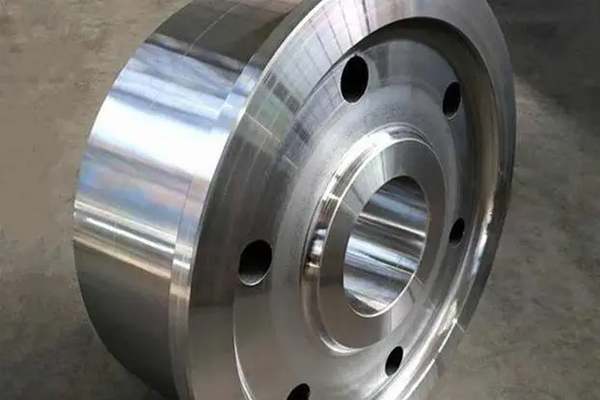How to conduct post-forging heat treatment for forgings
It is necessary to conduct heat treatment after forging because its purpose is to eliminate the internal stress after forging. Adjust the forging hardness, improve the cutting performance; The coarse grains in the forging process are refined and uniform to prepare the microstructure of parts for heat treatment.
1. High temperature tempering: reduce the hardness, reduce or eliminate the stress generated when normalizing cooling, improve plasticity and toughness. Suitable for alloy steel with high hardness after normalizing.
2. Complete annealing: eliminate the coarse and uneven structure caused by the forging process, refine the grain, eliminate the residual stress of the forging, reduce the hardness, improve the machinability, and prepare the organization for the future heat treatment of parts. Full annealing is generally suitable for hypoeutectoid steel.
3. Isothermal annealing: obtain more uniform structure than complete annealing, effectively eliminate forging stress, reduce hardness. In important large forgings, it can also be used to diffuse hydrogen and prevent the production of white spots. Compared with complete annealing, it can shorten the annealing time and improve the production efficiency.
4. Normalizing: finer pearlite can be obtained to refine the organization; Improve forgings strength and toughness, reduce internal stress, improve cutting performance; For eutectoid steel. Mesh carbides can be eliminated.
5 spheroidization annealing: to obtain spherical cementite and ferrite structure, not only reduce the hardness, and in the cutting process is easy to get smooth processing surface, in the subsequent quenching is not easy to produce deformation cracks. Spheroidizing annealing is suitable for high carbon steel and high carbon alloy die steel.
